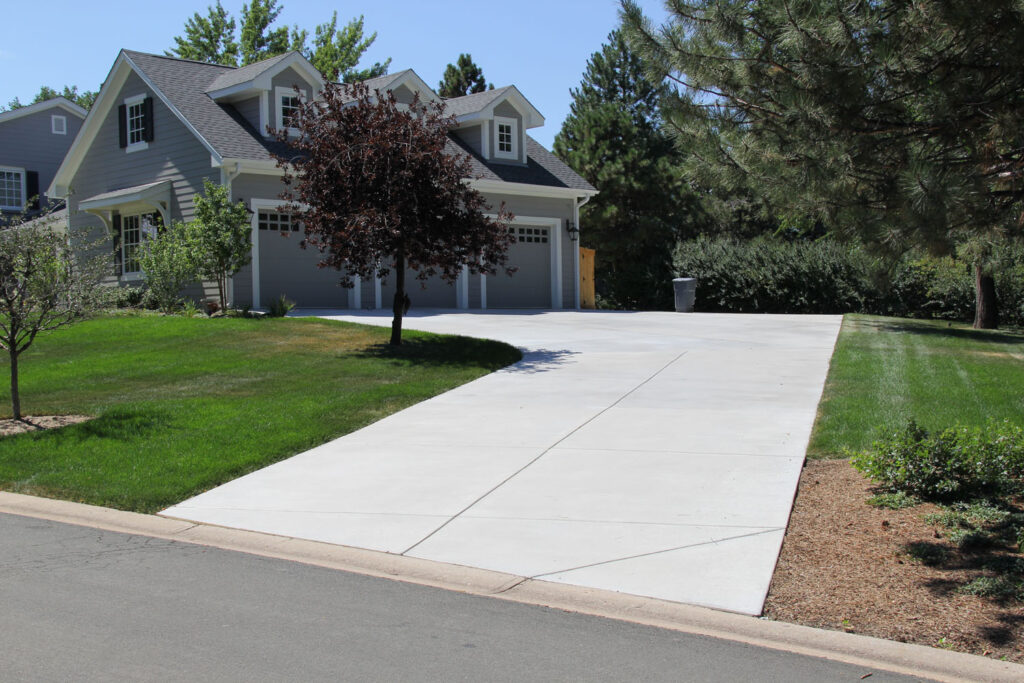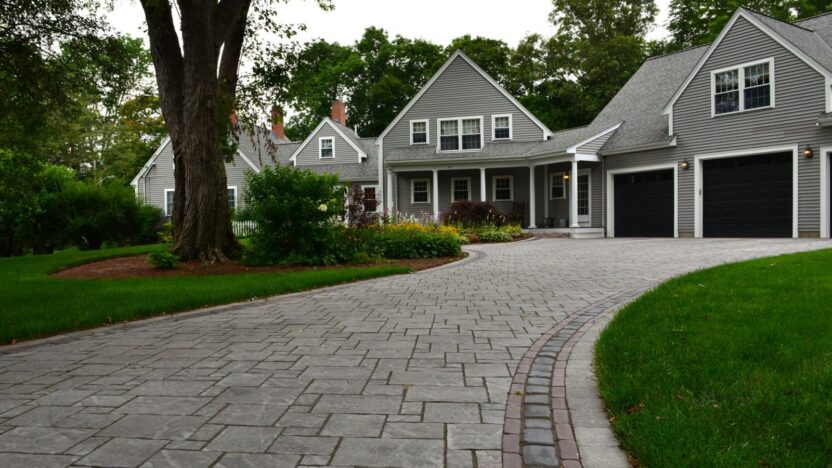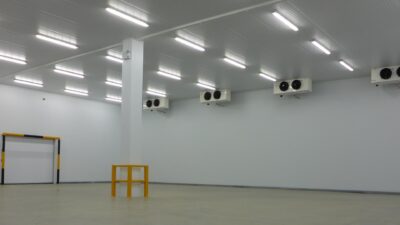As summer temperatures rise due to climate change and expanding urban landscapes, surfaces like driveways can become unbearably hot. Conventional materials like asphalt and concrete tend to trap heat, causing outdoor areas to become uncomfortably warm and intensifying the urban heat island effect. However, homeowners can use several eco-friendly, green strategies by expert Driveways Contractors Exeter to keep their driveways cooler while reducing their environmental footprint.
Use Reflective or Cool Pavement Materials
Standard black asphalt can reach up to 150°F (65°C) in direct sunlight. Replacing or coating this with cool pavement alternatives can significantly reduce surface temperatures.
Reflective coatings:
These coatings contain light-colored aggregates or compounds that reflect sunlight rather than absorb it. Options include solar-reflective concrete sealants or specialised paints that reduce heat build-up.
Cool concrete:
Concrete reflects more sunlight, is lighter in colour and more reflective than asphalt, and stays cooler underfoot.
Permeable pavers:
These allow water to drain through and reduce surface temperature as water evaporation helps cool the area.
Incorporate Vegetation and Green Borders
Adding greenery around your driveway helps regulate temperature and introduces shade and cooling effects.
Plant trees or large shrubs
along the edges of your driveway. Species like maple, oak, or dogwood offer broad canopies that create natural shade.
Vertical gardens or trellises
with climbing plants near driveways can also help block the sun and provide cooling.
Use Grass or Turf Pavers
Grass pavers or turf blocks are innovative green solutions that blend natural grass with solid materials to create a strong yet breathable driveway surface.
How they work:
Concrete or plastic grids are installed over a prepared base and then filled with soil, grass, or gravel. This design allows water to filter through and supports vehicle weight.
Cooling effect:
The grass absorbs less heat than concrete or asphalt and releases moisture into the air, helping to cool the surrounding area.
Install Shade Structures
- Pergolas with climbing plants like ivy or wisteria can serve as functional and aesthetic shade solutions.
- Carports or canopy awnings made from sustainable materials such as bamboo or recycled steel provide full coverage for vehicles and surfaces.
- Retractable fabric shades are another option for those who want a temporary, adjustable shade depending on the time of day.
Water Mist or Spray Systems
Misting systems or scheduled sprinkling can temporarily relieve the heat on paved surfaces.
- Manual sprinkling during the hottest part of the day can reduce surface temperature quickly.
- Automated misting systems can be installed along driveway edges and programmed to run during peak heat hours.
- Use greywater systems to keep water usage eco-friendly and cost-effective.
Opt for Light-Colored Gravel Driveways
If you’re considering a new driveway or revamp, gravel is a sustainable option that keeps things cooler.
- Light-colored gravel: Light-colored materials, such as white granite or beige crushed stone, are more effective at reflecting heat than darker alternatives.
- Gravel driveways are permeable, allowing rainwater to soak into the ground, reducing heat retention and supporting groundwater recharge.
Apply Heat-Reflective Sealants
If you’re not ready to replace your driveway, consider applying a heat-reflective sealant.
- These sealants work similarly to roof coatings by creating a reflective layer over asphalt or concrete.
- Many are now made from eco-friendly components and last for several years with proper maintenance.

Incorporate Water Features Nearby
While not directly on the driveway, nearby water features can help cool the microclimate.
- Small ponds, fountains, or water walls near driveways can reduce nearby temperatures through evaporation.
- Recirculating water systems keep water use minimal and environmentally responsible.
While this method requires some initial investment, it adds beauty, improves property value, and provides cooling benefits.
Schedule Activities During Cooler Hours
If you’re using your driveway for car washing, cleaning, or entertaining activities, plan them during early or late evenings.
- Timing helps reduce surface heat exposure and energy spent cooling surrounding spaces.
- It also reduces heat absorption that typically happens when driveways are used during peak sun hours.
While this isn’t a structural change, it complements your green efforts and minimises personal exposure to excessive heat.
Conclusion:
Cooling your driveway during the summer can be simple and budget-friendly. From eco-friendly materials and greenery to reflective sealants and strategic shading, there are many ways to transform your hot driveway into a more livable and sustainable space.
Choosing the right Driveways Contractors Devon and a good combination of these strategies increases comfort and helps the environment by reducing heat absorption and improving water management. Whether upgrading your existing setup or starting fresh, make your driveway part of your home’s larger eco-friendly plan.
By embracing these green solutions, you’re investing in a cooler, more energy-efficient future — one driveway at a time.



